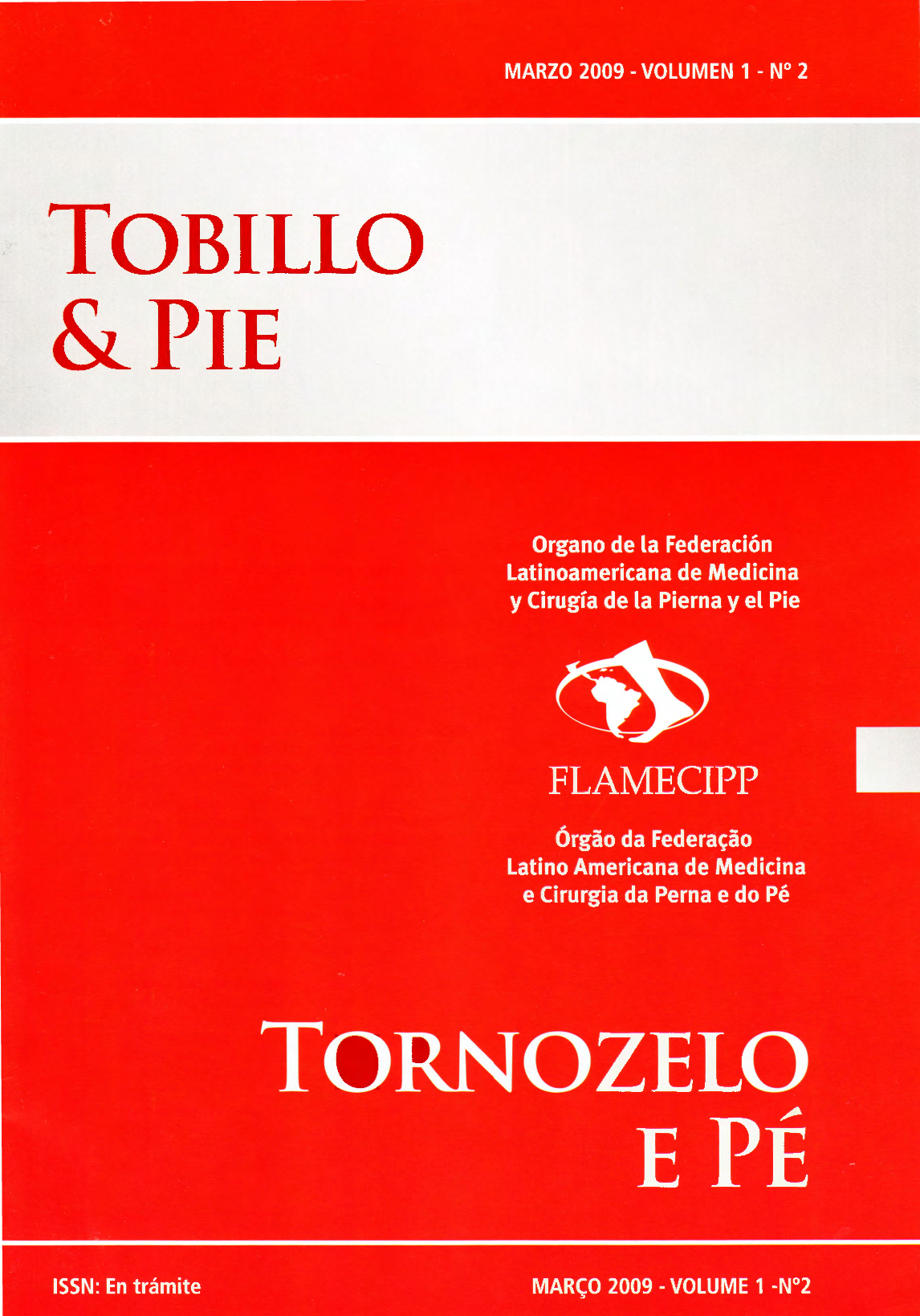Osteotomías en hallux valgus
modelo geométrico para su potenciación a través de la combinación de rotación más desplazamiento
Keywords:
Hallux, osteotomies, correction capacity, diaphyseal, proximalAbstract
Osteotomies in hallux valgus deformities are the most accepted and reliable treatment. Distal osteotomies (i.e. distal chevron) displace laterally the distal fragment, they do not alter the distal metatarsal articular angle (DMAA), possess a limited correction capacity and are very stable. Proximal osteotomies (i.e. Mann osteotomy) are essentially rotational osteotomies, where the distal fragment rotates in relation to the proximal one, they do alter the DMAA because all the angular correction they obtain translates to the DMAA; possess a great correction capacity but are unstable. Diaphyseal osteotomies have an intermediate correction ca pacity a nd sta bility. An ideal osteotomy should com bine rotation and displacement, in order to achieve the maximum correction capacity, be stable and alter as little as possible the DMAA. In this article we present two modified metatarsal osteotomies, a diaphyseal and a proximal one, combining rotation and displacement, with their geometrical design, correction capacity and preoperative planning.


